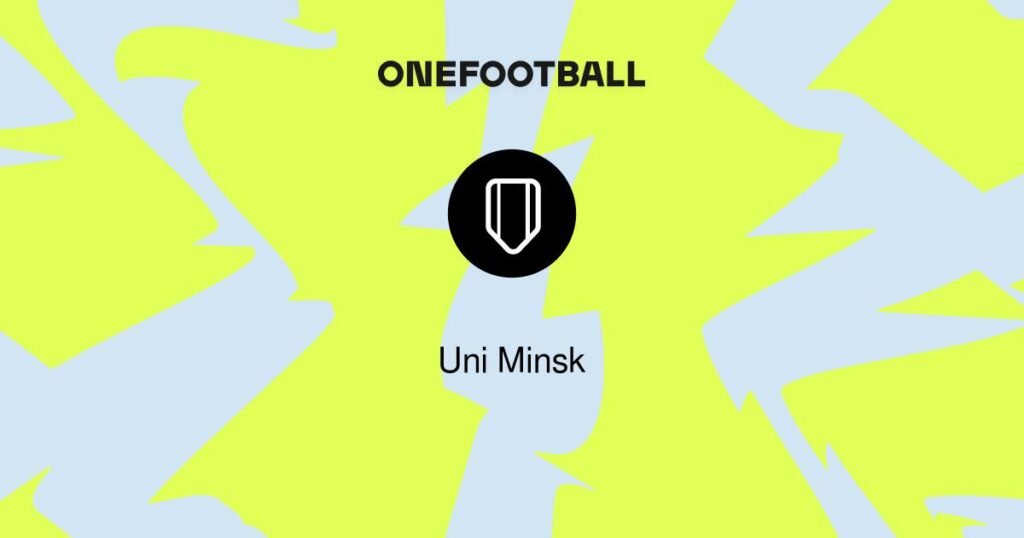
Uni Minsk FC
These evolutions have contributed to improved results, particularly against stronger teams, and enhanced the appeal of Uni Minsk FC’s matches. Moreover, focusing on possession and pressing aligns with contemporary European standards, signaling aspirations beyond national competition. Personal analysis suggests that this tactical maturity will be crucial for breaking into European tournaments and attracting scouts 69Vn.
Player Development and Academy System at Uni Minsk FC
The backbone of any successful football club is its ability to nurture talent. Uni Minsk FC places significant emphasis on player development, which is evident through its robust youth academy and scouting network.
Youth Academy Philosophy
Uni Minsk FC’s youth academy operates on principles of holistic development—technical skills, tactical understanding, physical conditioning, and character building. The club believes investing in young players ensures sustainability and creates a pipeline of homegrown talent ready to contribute at senior levels.
The academy collaborates closely with local schools and sports organizations, offering structured training programs and exposure to competitive youth tournaments. Coaches prioritize personalized development plans, recognizing individual strengths and areas for improvement.
Talent Scouting and Recruitment
Apart from nurturing locally sourced players, Uni Minsk FC maintains a keen scouting network across Belarus and neighboring countries. Talented under-18s are identified early and integrated into the club’s systems, with some progressing rapidly into senior squads.
They also maintain relationships with international academies, enabling exchanges and short-term placements that broaden players’ experience. This global outlook aims to elevate the technical standards and tactical awareness of the club’s emerging talents.
Notable Graduates and Impact
Several players who started their careers at Uni Minsk FC‘s academy have gone on to achieve success nationally and internationally. These successes serve as motivation for current youth players and demonstrate the effectiveness of the club’s developmental strategy.
The club’s focus on youth also builds a sense of loyalty and identity, fostering a fan base that relates to local heroes emerging from their ranks. Long-term, this model supports sustained competitiveness and reduces dependency on costly transfers.
Challenges and Opportunities
While player development is promising, challenges such as resource limitations and competition from larger clubs persist. However, innovative training methodologies, investment in facilities, and partnerships with European clubs present opportunities for growth.



